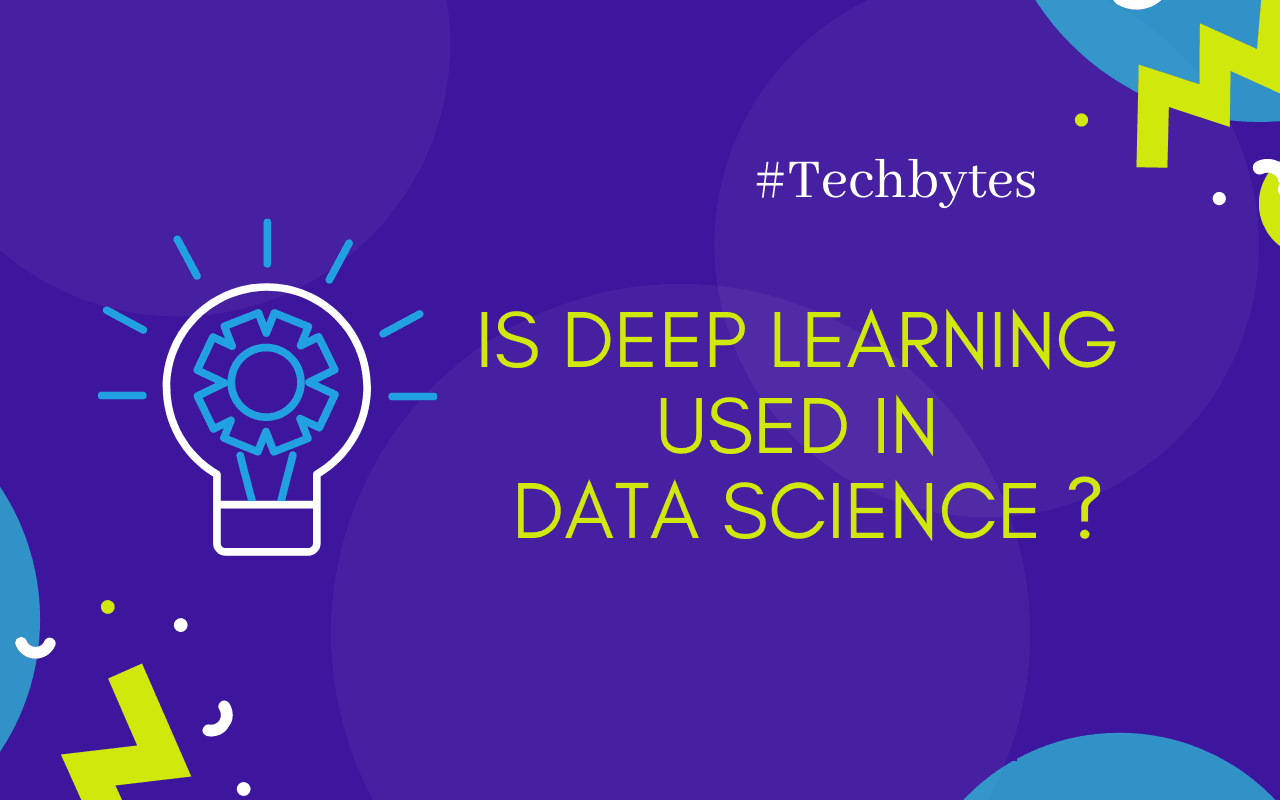
Is Deep Learning Used in Data Science?
Deep Learning Used in Data Science
As you may know, Deep learning forms a branch of the vast field of machine learning that uses multiple neural networks to solve problems. Such problems include natural language processing and computer vision, among other relatable issues.
Because it's the most general way of modeling problems, deep learning solves them quickly as compared to other machine learning techniques such as conventional programming. Some of the most commonly used types of deep learning include a Recurrent Neural Network (RNN), or a Convolutional Neural Network (CNN).
Therefore, a deep learning system involves a vast neural network trained using some significant amount of data. With such capabilities, deep learning is currently a big help in solving many complicated tasks. Google Translate is one excellent example of where deep learning is currently being used. It's predicted that deep learning will offer technological assistance to areas such as autonomous vehicles, finance, and healthcare soon.
Data Science
Data science involves collecting, storing, processing, describing, and modeling data to extract useful insights and information. Data science uses several disciplines to make sense of the collected data. The disciplines include data analytics and statistics, data mining, and machine learning. Like deep learning, data science also comprises frameworks associated with taking on big data, such as extracting, transforming, and installing (ETL) data into storage repositories.
Depending on the nature of the project, data science may have to gather and process large amounts of data. Additionally, if the loading of data is fully completed, data science will also be needed to perform predictive analytics. For this to happen, tools such as deep learning neural networks and machine learning algorithms are highly applicable.
So, is deep learning used in data science? Let’s find out.
The Benefits of Deep Learning to Data Science
Artificial Intelligence has managed to grow significantly in demand over time, and deep learning is highly responsible for promoting that growth. Moreover, in-depth knowledge has enabled computers to recognize speech almost as good as humans, which is a tricky skill to code by hand.
Additionally, this technology has transformed the vision of computers while improving the machine’s translation.
The following are some of the strengths of data science deep learning.
-
Efficient High-Quality Results
Neural networks aren’t like human beings. They don’t need rest because they can't get tired. Once adequately trained, deep learning frameworks can perform multiple tasks within a shorter period.
The best thing is about the work done is its quality. Unless you’ve changed the trained data and included raw data for solving another problem, the quality of work never diminishes.
-
Can Do Without Feature Engineering
As you may know, feature engineering involves extracting features coming from raw data to identify the problem at hand better. Most machine learning algorithms depend on feature engineering to first identify the problem before they can fix it.
However, this isn't the case with deep learning because it can execute such a process by itself. Therefore, deep learning enables faster learning without any orders to do so.
Therefore, in using deep learning, data scientists have the privilege of saving months of work. Another benefit to data scientists is that the neural networks used by deep learning algorithms can unmask more complex, new features that they can easily miss.
-
Works Perfectly with Unstructured Data
Most machine learning algorithms find it hard to analyze unstructured data because it exists in different formats. However, this isn’t the case with deep learning.
You can train deep learning algorithms using different data formats, and it can still derive the relevant information to its training purpose. Therefore, this technology can uncover relations between social media chatter, weather forecast, pictures, and industry analysis, among other functions.
-
Doesn’t Require Labeled Data
Data labeling has, for a long time, been a tedious and expensive task. But with deep learning, data labeling has become a slightly easier and less time-consuming job.
This is because deep learning can learn and excel without the guidelines to do so. Unlike most machine learning algorithms, deep learning can detect the physical nature of the human body, even in the earliest stages.
Conclusion
A deep learning algorithm is highly applicable to the field of data science. It's a new technology that fully adheres to commands with detailed training.
And with its ability to learn and work quickly, data scientists can easily undertake huge problems and solve them with enough time to spare.


